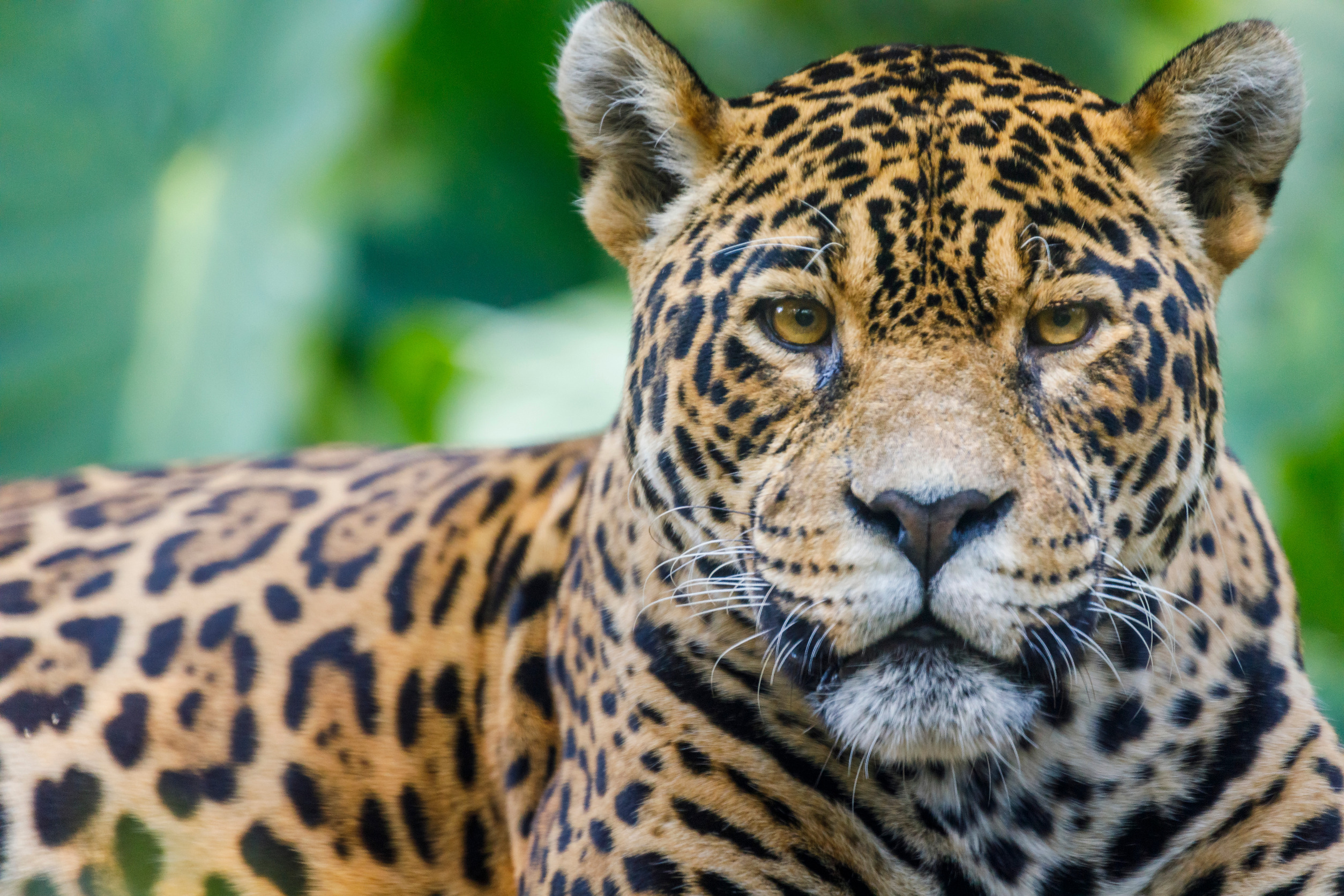To the well-documented slaughter of birds and bats by wind turbines and the growing threat to marine life posed by the proliferation of offshore wind power, we can add the jaguars and pumas of northeastern Brazil being wantonly sacrificed in the name of “clean,” “climate friendly” renewable energy.
The hot, semi-arid, wind-swept Caatinga is a far cry from the steamy, dense jungles of Brazil’s Amazon region to the south. Pumas and Jaguars have adapted to the Caatinga’s harsh environment and thrived there as apex predators since time immemorial. But they are now facing extinction thanks to Chinese and European wind-power developers who are making the region uninhabitable for the big cats. The spinning, 150-foot-long blades atop the outsiders’ wind turbines are scaring the pumas and jaguars away from the area’s scarce sources of water, forcing them to abandon their lairs and roam vast distances across dusty plains in search of life-sustaining rivers and streams.
“The weaker perish along the way. Others venture closer to villages, where locals have started laying traps to protect their small herds of goats and sheep, often their only form of survival in this impoverished region,” The Wall Street Journal reported (Sept. 18).
Environmental Costs
Brazil is expected to become the world’s fourth-largest wind-power producer by 2027, behind China, the U.S., and Germany, according to the Brazilian Wind Power Association. But the country’s embrace of renewable energy is coming with a steep environmental cost. The wind turbines being installed on compacted sand dunes along the country’s northern coast pose a threat to underground reservoirs. Conservationists, many of whom welcomed wind-energy development, are now having second thoughts. And indigenous groups are holding nationwide protests against the installation of wind turbines on lands they claim as their own.
People convicted of killing jaguars, pumas, and other wild animals in Brazil can land in jail for up to 18 months, but enforcement of the law is lax. Wind developers are indirectly killing lots of big cats by driving them out of their habitat, but there have been no prosecutions to date. As for the villagers setting traps for jaguars and pumas trying to escape the wind turbines, they quickly bury or burn the dead animals, and wildlife rangers are none the wiser. Meanwhile, the number of pumas and jaguars in the Caatinga continues to drop.
“While the big cats are still plentiful in the Amazon and in Brazil’s Pantanal wetlands, those in the Caatinga are unique, having adapted to cope with the intense heat,” the Journal notes. “The disappearance of the felines would throw the region’s ecosystem out of whack, leading to a proliferation of animals that serve as prey, such as the wild boar, deer, and armadillos, said Felipe Melo, a researcher at the Federal University of Pernambuco who has studied the impact of the wind-power industry on the Caatinga.”
Eyes Wide Shut
The notion that installing industrial-scale wind-power facilities along Brazil’s northeastern coast – or any place else, for that matter – will have any effect on the world’s climate is absurd. But the monstrosities, along with their solar-array equivalents, are having a profound and harmful effect on wildlife. All of this is far removed from the posh c suites of wind-power developers in Europe and China who, unlike the big cats and villagers in the Caatinga, have the luxury of closing their eyes to the havoc they are wreaking.
